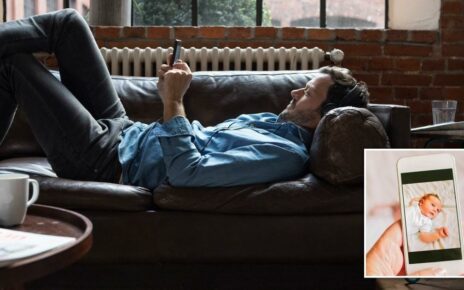When “The Immaculate Room” cinematographer Rasa Partin was reading the script, he saw the line “giant white room” and thought nothing of it. “Sure, it’s a giant white room,” Partin says. As he continued to read through the pages and the story unfolded, he realized, “It is just a white room with a bed. There’s nothing else.”
The premise of the film, directed and written by Mukunda Michael Dewil, is a simple one: a young couple (Kate Bosworth and Emile Hirsch) are picked to spend 50 days in “The Immaculate Room.” If they manage to stay in the room, with no outside stimulation, they will walk away with a prize fund of $5 million each.
Partin’s first hurdle was how to approach shooting in the white room. Thanks to the pandemic, shooting was delayed by nine months. Typically, he would have worked with a production designer, but since Dewil didn’t have one, Partin decided to do his own pre-viz using Blender Studio software to conceptualize his ideas.
“I used it to look at framing and lighting and how to use the alcoves. I wanted to see what the night would look like and what day would look like,” Partin explains.
The renderings he ended up with says came close to what would be used in the end during production. “The planning paid off, otherwise, I would be shooting in the dark.”
He considered how to use sunlight, and how the sun would move across the room. Generally night light is blue, but Dewil wanted Partin to think outside the box for how color could be used. Partin says, “We settled on using orange and reds.”

Dewil’s and Partin’s next challenge was how to keep the audience visually stimulated since “it is just this white room, and nothing is happening in a way.” Partin says, “My key into that was figuring out where is the emotion coming from? Which actor do we need to be with? Are we with her? or him?” Partin adds, “It was about getting the camera placement right.”
The wide shots worked to give a sense of loneliness and to make both the characters feel small in this large space. Meanwhile, the tight shots helped make the characters and audience feel claustrophobic.
Later in the film when Mike gets bored and requests a crayon, green is introduced. “He starts to draw on the walls so there’s green on white. We start to use this greenish white light for day and continue with orange at night,” says Partin.
Partin chose lighting colors for each character – blues and green for Kate, and reds for Mike, particularly for the night scenes.

Read More About:
Source: Read Full Article
